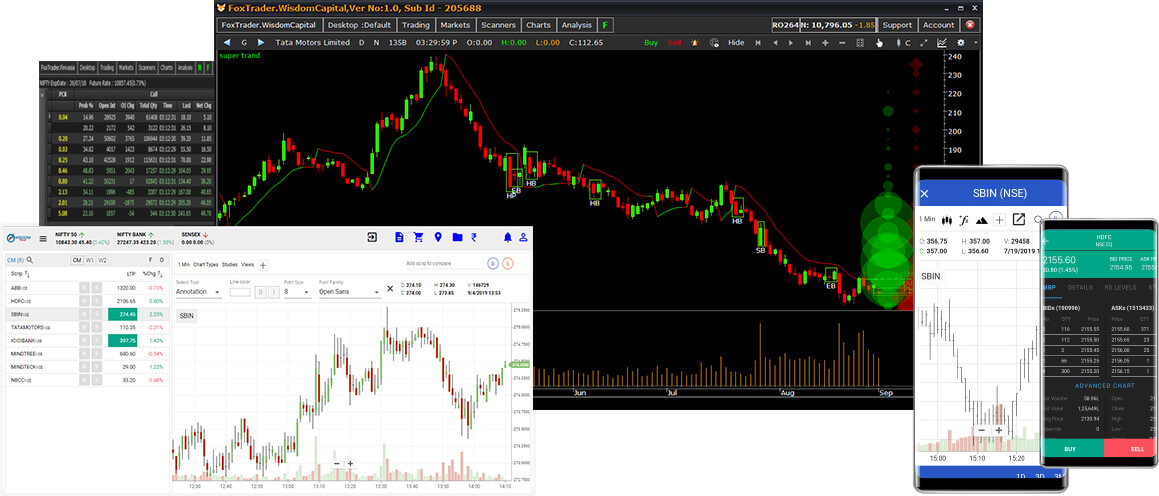In the modern world, where urbanization is at its peak, managing waste efficiently and effectively becomes a paramount concern. One of the unsung heroes in this endeavor is the sewage pump, a critical component in the sewage system of any building, be it residential, commercial, or industrial. This article delves into the workings of sewage pumps, their importance, and how they facilitate the movement of waste from the building’s sewage system to the treatment plant.
What is a Sewage Pump?
A sewage pump is a mechanical device designed to transport sewage or effluent from a lower level to a higher level when the gradient of the site does not allow for a natural flow. In simpler terms, it is a pump that moves sewage from one place to another when gravity alone can’t do the job. These pumps are vital in basements, underground structures, or in any building where the sewage system is below the main sewer or septic line.
How Does a Sewage Pump Work?
The operation of a sewage pump is relatively straightforward. Installed at the lowest point of the sewage basin, the pump is activated when the sewage level reaches a certain height. A float switch, much like the one in a toilet tank, triggers the pump to start. Once activated, the pump draws the sewage in and pushes it through the discharge pipe, moving it towards the sewage treatment plant or septic system. The pump continues to operate until the sewage level in the basin decreases to a pre-set level, at which point it turns off automatically.
Types of Sewage Pumps
Sewage pumps come in various types, each suited to different applications:
- Submersible Sewage Pumps: These are installed completely underwater in the sewage basin. They are quiet and efficient since being submerged cools them, prolonging their lifespan.
- Grinder Pumps: Equipped with grinding mechanisms, these pumps break down sewage into a slurry before pumping it out. They are particularly useful in areas where the sewage must be moved over long distances or up steep gradients.
- Effluent Pumps: Though not strictly sewage pumps, effluent pumps handle greywater (the relatively clean wastewater from baths, sinks, washing machines, and other appliances) and are used in septic tanks and wastewater treatment applications.
Importance of Sewage Pumps
The significance of sewage pumps in waste management cannot be overstated. They ensure that waste is moved efficiently and effectively to treatment facilities, preventing the accumulation of sewage that could lead to health hazards, environmental pollution, and unpleasant odors. Furthermore, by enabling the development of basement and underground spaces that would otherwise be unusable due to flooding risks, sewage pumps contribute significantly to the optimization of space in urban environments.
Maintenance Tips
To ensure that sewage pumps operate efficiently, regular maintenance is essential. This includes:
- Checking the pump and float switch for proper operation.
- Cleaning the pump and basin to prevent clogs and build-up.
- Having a professional inspect the system annually for any potential issues.
Summing up, sewage pump plays a crucial role in modern waste management systems. By efficiently and effectively moving waste from the building’s sewage system to the treatment plant, they not only maintain hygiene and prevent environmental pollution but also enable the optimal use of space in densely populated urban areas. Understanding the types, workings, and maintenance of sewage pumps is essential for anyone involved in building maintenance or construction. With proper care and operation, sewage pumps can provide reliable service for years, ensuring that our urban environments remain clean, healthy, and live able .


